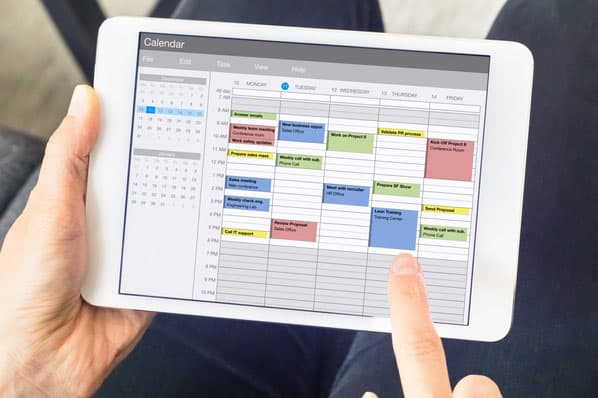Doodle, an online scheduling platform, has released its latest research, “The Time Blocking Report,” which explores how Americans working from home relied on their calendars to conquer their workdays. The report shows nearly three quarters (72.2 percent) of American employees feel less burnt out by blocking off their calendars, and a strong majority (83.6 percent) get more work done when they reserve time to focus.
“Burnout and extended workdays have haunted employees since corporate America began working remotely,” said Renato Profico, CEO of Doodle. “Companies have searched for countless tools to help their teams manage their days, but they tend to underestimate the power of something everyone uses – calendars. Our research shows how an action as simple as blocking time off can help employees feel refreshed and become more productive and efficient.”
Time blocking techniques have become popular as remote work continues. The survey found 80.6 percent of respondents have used their calendars to stay focused on work. More than two thirds (65 percent) reserve these times on a daily basis, and more than half (52.1 percent) have blocked off chunks of one hour or longer. While these employees try their best to stay concentrated, only 10 percent reported having no interruptions.
As for the time to rest and step away, a good majority (71.4 percent) of remote employees report reserving 15- or 30-minute breaks on a daily basis. Few report booking 45 minutes (15.1 percent) or an hour or more (13.3 percent) for their down time. Despite these attempts to carve out personal time, more than a third (32.5 percent) of respondents said they can count on being interrupted. Only 14 percent truly enjoy their brief respites.
Whether it’s taking time from the day to knock out projects or a walk around the block, companies are also recognizing the benefits of clearing calendars. Many working Americans (58.5 percent) reported their companies have declared “meetingless” days, where zero internal and client-facing meetings are scheduled. More than half (55.7 percent) of these no-meeting days occur weekly while less than a third (30.4 percent) have it on a monthly basis.
“Working from home can be distracting for even the best and most productive people,” said Profico. “Time blocking techniques give more room for team members to get a hold of their day to finish projects, take care of family matters or simply take a breather.”
For more information and tips, or to download the report, visit www.doodle.com/en









